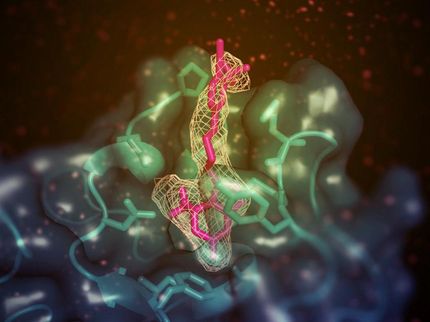Why kidney disease damages the vascular system
Modified "good" cholesterol (HDL) and the activation of specific genes are causes of damage to the vascular system in chronic renal disease. These fundamental findings are the result of a recently completed project supported by the Austrian Science Fund FWF and could facilitate new approaches to prevention. The project specifically examined the effect of cyanate, a decomposition product of urea, on the functioning of the vascular system.
Patients suffering from chronic renal disease frequently die from cardiovascular complications. A damaged and poorly functioning vascular system is the reason for such complications. A team working with Gunther Marsche at the Medical University of Graz on a project supported by the FWF investigated the extent to which a specific decomposition product (cyanate) of urea, which occurs in a concentrated form in the blood of patients with renal disease, is responsible.
One team - two discoveries
"We were able to identify two previously unknown mechanisms in human tissue and in an animal model by which cyanate can lead to a dysfunctional vascular system in patients with chronic renal disease", explains Gunther Marsche. "In the first mechanism, cyanate causes an adverse change in a lipoprotein, which, in its unchanged state, is key to the healthy functioning of blood vessels. In the second case, cyanate activates a gene that can amplify inflammatory responses in the vascular system."
From good to bad cholesterol
The lipoprotein that is modified by cyanate is the High Density Lipoprotein (HDL), also known as "good" cholesterol. As the team working with Marsche was able to demonstrate, HDL undergoes a chemical change known as carbamylation. The results are drastic, as Marsche outlines: "While, prior to this modification, HDL helped to prevent vascular constriction, this protective effect is dramatically reduced by carbamylation. In extreme cases, it can even be a factor in vascular constriction." This is an effect that can occur particularly in patients with chronic renal disease. This is because they excrete urea considerably less effectively than healthy individuals and, as a result, the decomposition product, cyanate, is present in significantly higher concentrations in the blood.
Gene activation
The second effect that cyanate has on the vascular system and which was identified by Marsche's group, is caused by the activation of a gene. This codes for a so-called adhesion molecule, which is located on the cell membrane of the endothelial cells, i.e. on the cell layer that lines a vessel. The protein known as ICAM-1 functions by pointing certain blood cells (leucocytes) "in the right direction" to fight infections or tumours. In addition, leucocytes have receptors that bind ICAM-1. Marsche was able to now show that cyanate's activation of the gene for ICAM-1 leads to increased binding of leucocytes, and inflammatory responses of the vessel walls possibly being exacerbated. This chain of effects establishes for the first time a causal link between uraemia (an excess of urea in the blood), often seen in patients with renal disease, and inflammatory responses.
Frow knowledge to treatment
The findings from this FWF project are urgently needed, as the average age of the general population increases and with it the number of patients with chronic renal disease. Their mortality increases sharply in particular as a result of secondary cardiovascular disease. To date, however, little is known about how these sequelae occur. For Marsche, the fundamental importance of these discoveries within the framework of the FWF project is therefore clear: "The data from this FWF project provides an approach for the clinical evaluation of substances that counteract cyanate in the blood. This could lead to the development of medications and treatments that would facilitate a much better quality of life for patients with renal disease."
Most read news
Topics
Organizations
Other news from the department science

Get the life science industry in your inbox
By submitting this form you agree that LUMITOS AG will send you the newsletter(s) selected above by email. Your data will not be passed on to third parties. Your data will be stored and processed in accordance with our data protection regulations. LUMITOS may contact you by email for the purpose of advertising or market and opinion surveys. You can revoke your consent at any time without giving reasons to LUMITOS AG, Ernst-Augustin-Str. 2, 12489 Berlin, Germany or by e-mail at revoke@lumitos.com with effect for the future. In addition, each email contains a link to unsubscribe from the corresponding newsletter.




















































